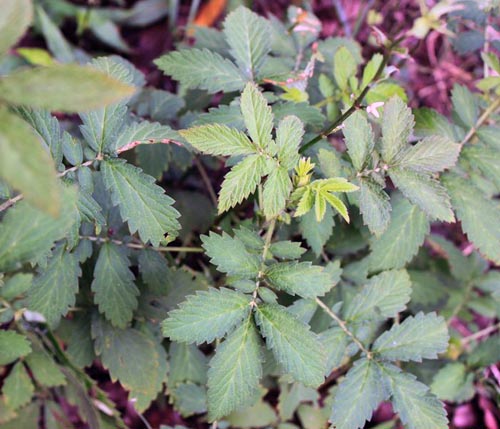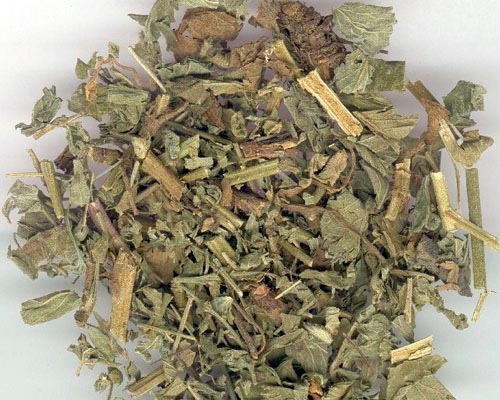The source is from the herb of Agrimonia pilosa ledeb., family Rosaceae. The medicinal
material is produced in all parts of China, collected in summer and autumn, cut into segments and the crude form is used.
Medicinal Properties: Bitter and astringent in flavor, bland in nature and attributive to the lung, liver and spleen meridians.
Actions: Stop bleeding by astringing, relieve dysentery, restore qi and kill trichomonad.

Application
1. For various kinds of bleedings, it can be used alone or in combination according to syndrome. For the bleeding due to blood-heat, it can be used in combination with Shengdihuang ( Radix Rehmanniae ), Mudanpi ( Cortex Moutan Radicis) and Shanzhizi ( Fructus Gardeniae); endless metrorrhagia due to deficiency and cold, usually with Dangshen ( Radix Codonopsis ), Huangqi (Radix Astragali ) , Shudihuang (Rhizoma Rehmanniae Praeparatae ), and Paojiang ( Rhizoma Zingiberis Praeparate) , etc..

2. It is used for diarrhea and dysentery, especially chronic dysentery and that with bloody stool, since it has action to stop bleeding by astringing. It can be used alone or in combination according to syndrome.
3. For patients with internal injury caused by over strain manifested as fatigue and sallow
complexion, it can be decocted with same amount of Chinese date into thick decoction, which is taken orally, helping restore health.
Besides, it can also be used to treat itching pudendum. It is usually decocted alone into thick decoction for washing.
Usage and Dosage:
10 - 15 g is used in decoction for oral use, large dose is 30 - 60 g and just right amount for external use.







